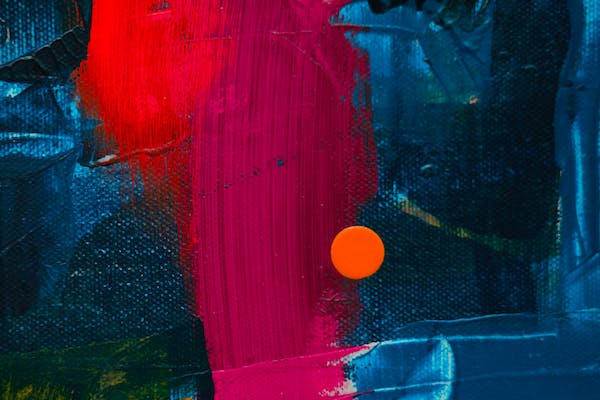Creativity has long been seen as a powerful tool for self-expression and healing in both traditional and non-traditional health care practices. Art, in particular, has been used as a way to nurture our most essential emotions, manage mental health, and open up a healthy coping mechanism. Using art as a form of recovery is becoming widely accepted for uses such as trauma recovery and psychotherapy to treat depression, anxiety, and those facing other psychological struggles.
Recovery through art can happen in many different ways. This may include any type of art from painting and drawing to sculpting and photography. Using art-making as a way to express and address difficult emotions can help us to make sense of our lives and inner thoughts in a way that we could never do with words.

Making art can be a cathartic way of facing and accepting our fears and traumatic experiences, even if we don’t necessarily understand or articulate their significance. It can also encourage self-care and that takes time and effort. Learning to be conscious of our thoughts and feelings can be a cathartic in and of itself, and making art can be a great outlet for doing that. As we become more connected to our emotions, we gain emotional literacy and ultimately a deeper understanding of ourselves and our experiences.
The experience of creating art can also be incredibly liberating, it is a safe space for us to explore our thoughts without interference or expectation. Art-making gives us the freedom to express ourselves however we want, to be our own kind of creative storytellers.
Moreover, art is known to be an effective tool for disrupting patterns of negative thinking. When we focus and engage with our art-making practice, it can help to provide temporary relief from excessive worrying and intrusive thoughts. Similarly, it can bring us into a peaceful state of mindful presence, in which we can move away from overthinking and emotional numbing, often to then experience a sense of calmness and self-compassion.
In short, art as therapy helps to improve mental health and overall wellbeing. By creating art, we are able to connect to our emotions in a safe, healthy way that leads to deeper self-understanding and resilience. There’s no right or wrong way to use it and no experience is necessary. Art helps us to be more present with our emotions and think more objectively about our struggles. As such, it is a powerful tool for living life more fully in moments of distress and anguish.